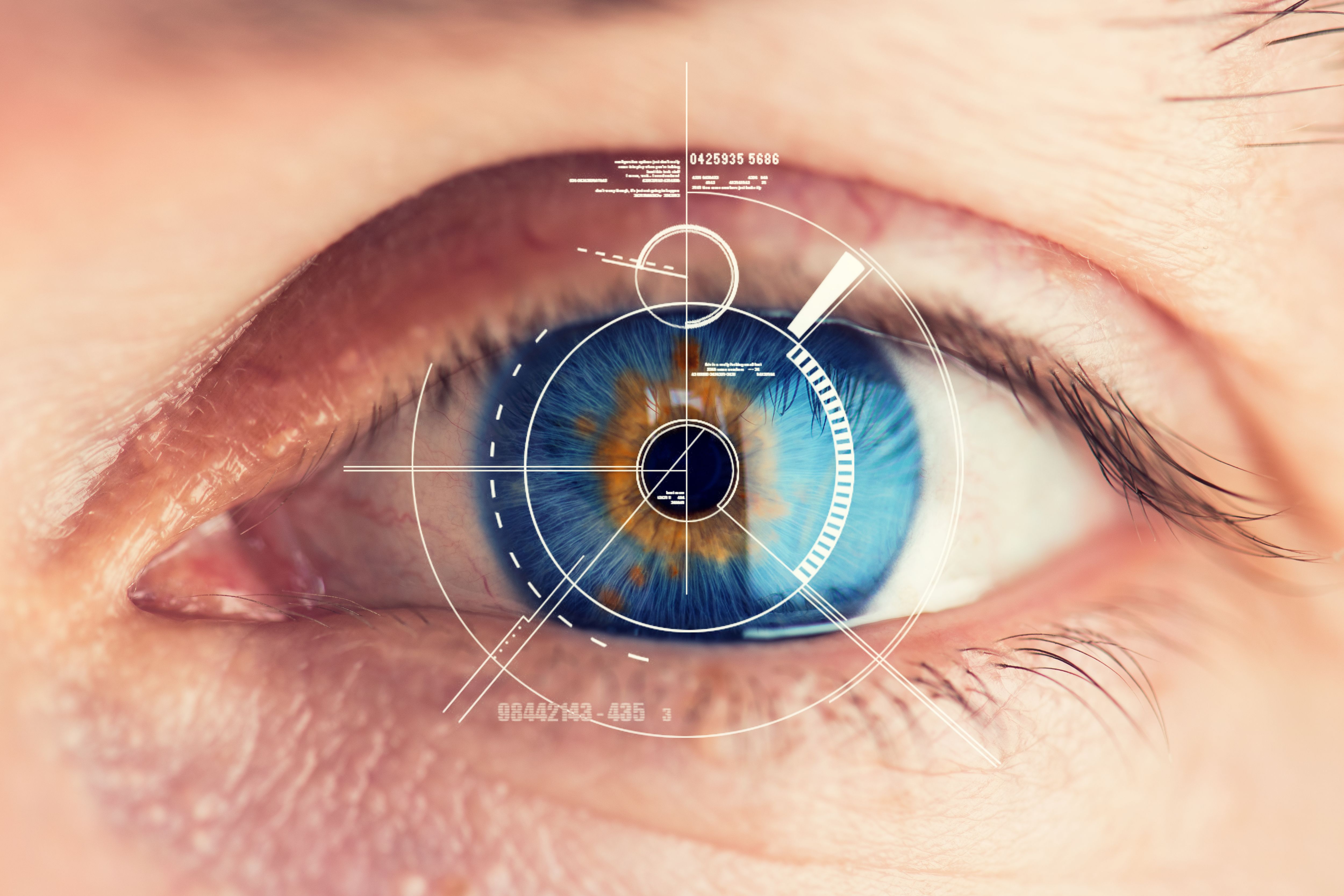Understanding Ophthalmological Symptoms and Signs of Idiopathic Intracranial Hypertension (IIH)
Introduction to Idiopathic Intracranial Hypertension (IIH)
Idiopathic Intracranial Hypertension (IIH) is a neurological disorder characterized by increased intracranial pressure (ICP) without an identifiable cause such as a tumor or hydrocephalus. It is most commonly seen in obese women of childbearing age. The condition can lead to significant visual impairment if left untreated. This article explores the ophthalmological symptoms and signs of IIH, outlines a short list of important differential diagnoses, and provides insight into how to differentiate IIH from other conditions.
Common Ophthalmological Signs and Symptoms
The most prevalent ophthalmological symptom of IIH is papilledema, which is the swelling of the optic nerve head due to increased intracranial pressure. This condition can lead to transient visual obscurations, where individuals experience brief episodes of vision loss or blurring.
Another common symptom is peripheral vision loss. Patients may not initially notice this symptom until it becomes more pronounced. Regular visual field testing is essential for detecting these changes early.

Other Visual Disturbances
In addition to papilledema and peripheral vision loss, patients with IIH might experience double vision (diplopia). This occurs when the abducens nerve is affected, leading to lateral rectus muscle weakness and subsequent eye movement difficulties.
Photopsia, or seeing flashes of light, is another symptom sometimes reported by patients. While not as common as other symptoms, it can be distressing and indicative of underlying issues with the optic nerve.
Differential Diagnoses and How to Differentiate Them from IIH
A comprehensive eye examination is crucial for diagnosing IIH. Ophthalmologists often perform a fundoscopic exam to look for signs of papilledema. Additional tests such as optical coherence tomography (OCT) can help assess the optic nerve head and retinal nerve fiber layer thickness.
Visual field testing, as mentioned earlier, is imperative for monitoring peripheral vision changes. These tests can help track the progression of the disease and guide treatment decisions.

1. Brain Tumors and Space-Occupying Lesions
Similarities: Both present with headache, visual disturbances, and papilledema.
Differences: MRI or CT imaging reveals a mass lesion in tumors, whereas IIH presents with normal imaging except for signs of raised ICP (e.g., empty sella syndrome).
2. Cerebral Venous Sinus Thrombosis (CVST)
Similarities: Headache, papilledema, and increased ICP mimic IIH.
Differences: Magnetic resonance venography (MRV) confirms venous thrombosis in CVST, whereas IIH shows no venous occlusion.
3. Optic Neuritis
Similarities: Visual disturbances and optic disc swelling.
Differences: Optic neuritis presents with painful eye movements and an afferent pupillary defect (APD), while IIH does not typically have an APD.
4. Glaucoma
Similarities: Optic disc changes and visual field loss.
Differences: Glaucoma is associated with increased intraocular pressure (IOP), which is normal in IIH.
5. Meningitis
Similarities: Headache, increased ICP, and possible visual disturbances.
Differences: Meningitis includes fever, neck stiffness, and pleocytosis in cerebrospinal fluid (CSF) analysis, which are absent in IIH.
6. Pseudopapilledema
Similarities: Both IIH and pseudopapilledema can present with optic disc elevation and visual disturbances.
Differences: Pseudopapilledema is caused by optic nerve head drusen or congenital anomalies, lacks true disc swelling, and does not typically cause progressive visual field loss. Ocular ultrasound or optical coherence tomography (OCT) can help differentiate between true papilledema and pseudopapilledema.
Conclusion
Understanding the ophthalmological symptoms and signs of Idiopathic Intracranial Hypertension is vital for early diagnosis and effective management of the condition. Regular eye examinations and appropriate interventions can help preserve vision and improve patients' quality of life. If you suspect you or someone you know may have symptoms consistent with IIH, seeking prompt medical advice is crucial.
References
Toscano S, Lo Fermo S, Reggio E, Chisari CG, Patti F, Zappia M. An update on idiopathic intracranial hypertension in adults: a look at pathophysiology, diagnostic approach and management. J Neurol. 2021 Sep;268(9):3249-3268. doi: 10.1007/s00415-020-09943-9
Radojicic A, Vukovic-Cvetkovic V, Pekmezovic T, Trajkovic G, Zidverc-Trajkovic J, Jensen RH. Predictive role of presenting symptoms and clinical findings in idiopathic intracranial hypertension. J Neurol Sci. 2019 Apr 15;399:89-93. doi: 10.1016/j.jns.2019.02.006
KesKın AO, İdıman F, Kaya D, Bırcan B. Idiopathic Intracranial Hypertension: Etiological factors, Clinical Features, and Prognosis. Noro Psikiyatr Ars. 2018 Jul 5;57(1):23-26. doi: 10.5152/npa.2017.12558
Mollan SP, Markey KA, Benzimra JD, Jacks A, Matthews TD, Burdon MA, Sinclair AJ. A practical approach to, diagnosis, assessment and management of idiopathic intracranial hypertension. Pract Neurol. 2014 Dec;14(6):380-90. doi: 10.1136/practneurol-2014-000821
Wall M. Idiopathic intracranial hypertension. Neurol Clin. 2010 Aug;28(3):593-617. doi: 10.1016/j.ncl.2010.03.003